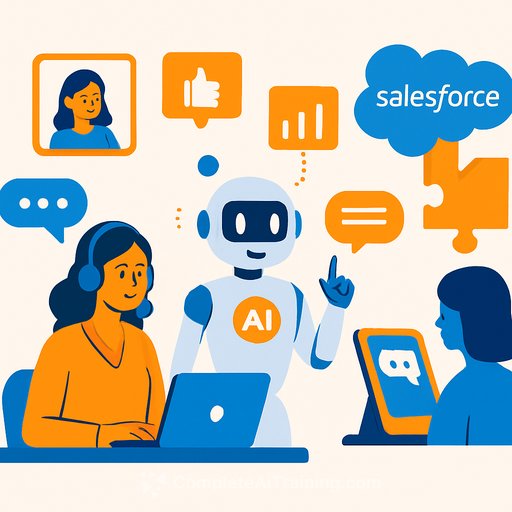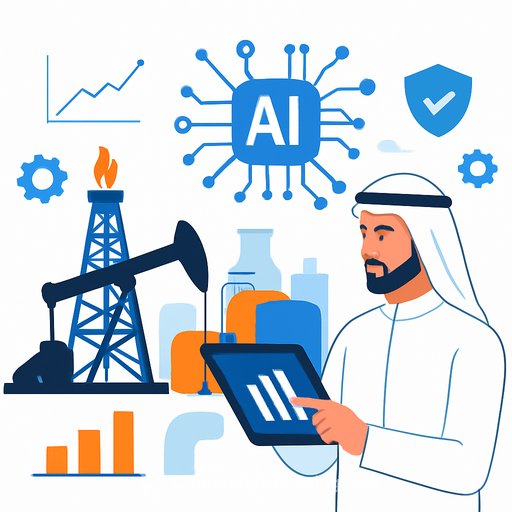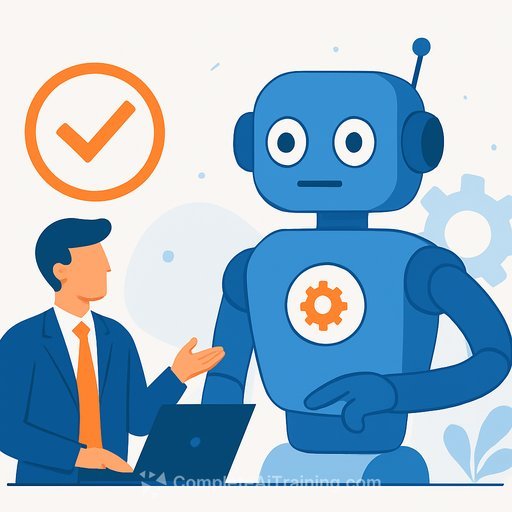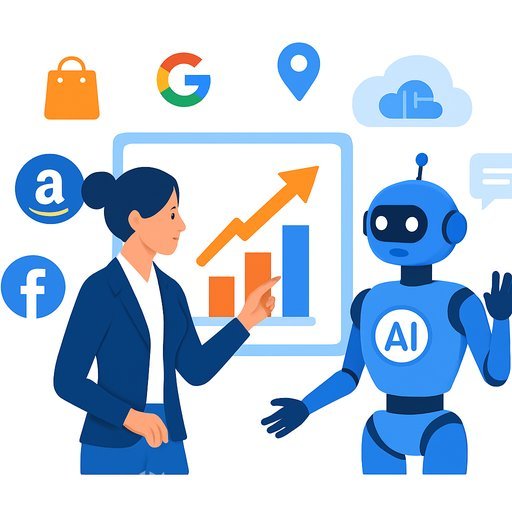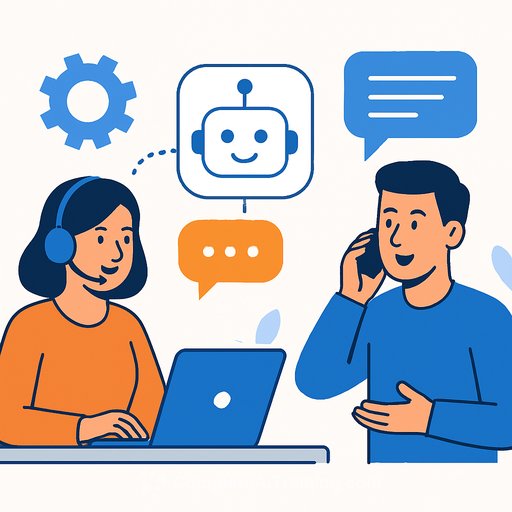Cisco Unveils AI-Powered Tools to Transform Contact Center Experience
Cisco announced major updates to its Webex Customer Experience portfolio, headlined by an AI Quality Management system built to improve how contact centers coach, score, and support agents. For support leaders, the promise is simple: clearer insight, faster decisions, and a tighter loop between customer feedback and team performance.
Jeetu Patel, Cisco's President and Chief Product Officer, said it plainly: "You win or lose customers every day based on the experiences you deliver. AI is how you deliver those experiences at scale." If you manage customer operations, that means better control over outcomes without adding headcount.
What's New in Webex Customer Experience
- AI Quality Management (QM): Real-time scoring, targeted coaching prompts, and automated review selection so supervisors spend less time searching and more time improving outcomes.
- Unified coaching for AI and human agents: One pane of glass to monitor, guide, and iterate on both bot and human performance.
- AI Agent + Cisco AI Assistant: Faster, autonomous resolutions for common requests with clean handoffs to humans for edge cases.
- AI Agent Studio: Build, manage, and optimize AI agents centrally to reduce manual toil and keep responses consistent.
- Analytics and personalization: Real-time dashboards and coaching recommendations aligned to KPIs you actually track.
- Integrations: Salesforce and AWS connectivity to keep context, history, and data where your teams already work.
- Global expansion: Availability in regions like India and Saudi Arabia with local servers for lower latency and better compliance alignment.
Why This Matters for Support and Operations
AI-assisted QM shifts your team from reactive QA to proactive performance management. You get immediate visibility into conversation quality, resolution speed, and agent coaching needs-without wading through random call samples.
For small and mid-size teams, the operational payoff is focus. Less swivel-chair work, tighter SLAs, and coaching that maps to real customer moments.
Real Outcomes: CarShield Example
CarShield reports its AI agent now handles 66% of incoming calls without human intervention. Onboarding time dropped by 90%, clearing bottlenecks in claims and reducing wait times.
The signal for managers: start with high-volume intents, automate confidently, and keep human experts for complex or emotional scenarios.
Implementation Playbook
- Map top intents: Identify the 10-20 workflows that drive most contacts (billing, status checks, password resets, cancellations).
- Set hard KPIs: Target improvements for FCR, AHT, QA scores, CSAT, and deflection rate; baseline them before launch.
- Pilot with guardrails: Launch an AI agent for 1-2 intents with clear handoff rules and supervisor oversight.
- Train supervisors first: Teach them how AI scoring works, what triggers coaching prompts, and how to calibrate reviews.
- Calibrate QM weekly: Run calibration sessions to align scores, coaching notes, and policy updates.
- Tighten data governance: Define retention, redaction, and access policies; document PII handling for audits.
- Close the loop: Feed top failure reasons back into scripts, knowledge, and AI prompts every sprint.
- Integrate where work happens: Connect Salesforce/AWS so history, notes, and outcomes stay in your core systems.
- Measure ROI: Attribute gains to time saved in QA, deflected contacts, faster ramp, and improved CSAT.
Risks and Guardrails
- Privacy and security: Validate data residency, encryption, role-based access, and redaction-especially with recordings and transcripts.
- Bias in scoring: Review AI QM criteria across accents, languages, and channels; include human spot checks.
- Customer sentiment: Monitor how automation affects satisfaction; adjust thresholds for handoff to humans.
- Change management: Communicate how roles evolve; show agents how AI reduces busywork and improves coaching quality.
What to Watch Next
Regional rollouts with local servers should reduce latency and ease compliance. Expect faster response times, more stable voice quality, and simpler legal reviews for data handling in sensitive markets.
Resources
- Cisco Newsroom - full announcement and product details.
- Salesforce Service Cloud - context on integration and workflows.
Build Skills for Your Team
If you're planning AI-assisted support, upskill your supervisors and QA leads first. A focused curriculum helps them interpret AI signals, coach better, and manage change without friction.
- AI courses by job role - practical paths for support leaders and QA managers.
Your membership also unlocks:

